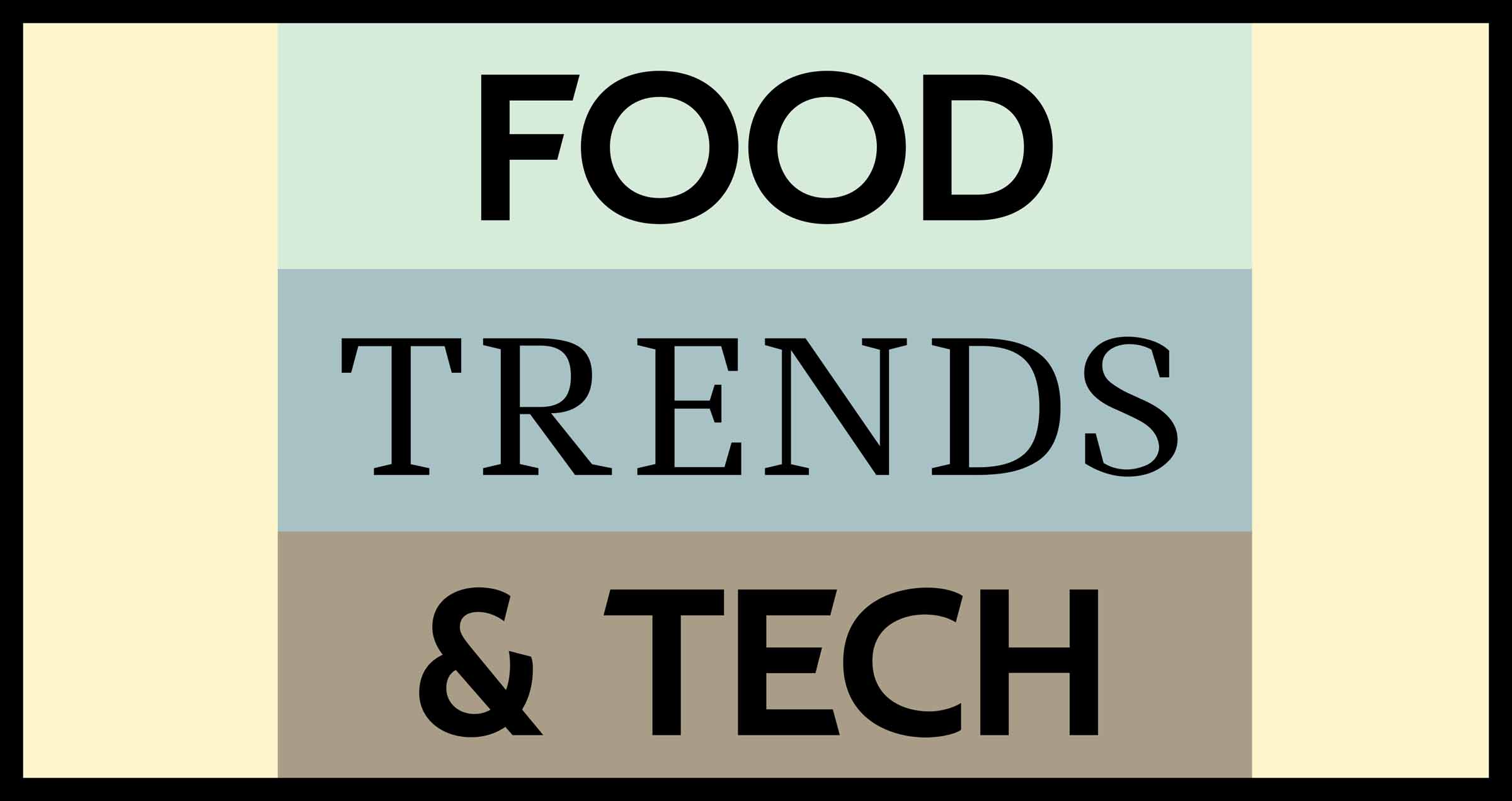Consumers perceive “clean labels” as covering a full range of health-conscious messages. This has prompted government initiatives to update regulations on product labeling claims reflecting trends involving nutrients, functional ingredient components, environmental concerns, and toxicology, said Lauren Swann, MSc, RD, LDN, CEO and President, Concept Nutrition, Inc. (https://www.facebook.com/ConceptNutrition/). Swann reviewed the status of the FDA’s proposed “Healthy” claim revision and progress with its voluntary Healthy Symbol initiative in her 2023 Clean Label Conference presentation “The Latest on Labeling Claims from ‘Healthy’ to Eco-Friendly.”
An extended comment period for the FDA’s proposed “healthy” claim revision—which updates product composition criteria for compliant use—closed in February 2023 with over 1,500 comments. Existing requirements limit fat, saturated fat, sodium, and cholesterol while requiring significant amounts of certain nutrients, except for fruits and vegetables.
The proposed revision currently awaiting finalization limits sugar, sodium, and saturated fat based on food group amounts. Nielsen IQ’s “What America Eats and Thinks About Food” reports that a top priority for 67% of consumers is to avoid negatives and gravitate toward low- or no added sugars, low- or no-sodium, low-carb, and low-calorie labels.
Researching Symbols & FOP Labeling
Initiating research for a voluntary Healthy Symbol, the FDA has over 20 existing images from international governments, trade associations, health organizations, and retailer rating systems under review.
The Symbol will need to represent certain basic information. Information sources under consideration are established nutrient content claims, percent daily value thresholds, the USDA Dietary Guidelines, and USDA’s Food Guide Pyramid groups. A visual representation as an iconic checkmark or stylized graphic is also being considered and tested.
FDA is also exploring Front of Package (FOP) labeling—a standardized, science-based scheme intended to help consumers easily identify foods quickly for a healthy eating pattern. FDA is examining perceptions about healthful contributions, label believability, trustworthiness, and effectiveness regarding levels of calories, saturated fat, sodium, added sugar, fiber, and calcium provided in various formats.
In March, the FDA issued a Draft Guidance for Dietary Guidance Statements, which are “nutrition-related statements focusing on foods and groups relative to nutritious eating patterns.” Either written or graphic—based on consensus report recommendations—these statements focus on nutritious dietary patterns, e.g., “eat a variety of vegetables.” The Draft Guidance recommends that foods bearing such statements contain meaningful food amounts and are limited in saturated fat, sodium, and added sugars.
A Focus on E-Commerce
FDA’s 2021 New Era E-Commerce Summit addressed online grocery shopping platforms to evaluate what labeling information appears; how and where it’s presented; and what’s most important for consumers—nutrition, ingredients, allergens, or food safety. Without regulations, online pages can obscure vital information or highlight appealing aspects of less healthful products because retailers can decide what to display and where. They can also track and target site visitation to promote specific products.
In April, progress was made based on FDA-solicited feedback regarding the pursuit of regulatory initiatives that make product content, format, and accuracy easily accessible online.
To determine the most effective format for easy access, the FDA focused on information consistency and accuracy, how information is presented, and consumer viewing experiences and expectations—including informing consumers of what is available. Online shopping also allows food search results to be filtered for specific health-related attributes, unlike product package merchandising on a retail store shelf.
An electronic label ruling concludes that QR codes don’t fulfill USDA Agricultural Marketing Service (AMS) required bioengineered “GMO” disclosure requirements, so USDA must add additional options for compliance. All text or graphics on a page linked by a QR code for a branded product must comply with any applicable labeling regulations.
The Appearance of Eco-friendly
Eco-conscious descriptions drive third-party certifications and environmental “green” claims, which can be implied in established state laws, such as perishables shelflife date labeling or beverage container deposit “bottle bills.” Optional package recycling symbols, organic seals, and origin claims implying miles traveled also relate to today’s sustainability trends.
Regulating labeling authority over meat and poultry products, the USDA Food Safety & Inspection Service (FSIS) announced testing new labels for safe handling. It also was petitioned to separate “free range” from “pasture-raised” claims, update living/raising conditions guidance, and prohibit the recently approved USDA-AMS Process Verified “low-carbon beef” claim. Third-party verification for similar carbon claims and numerical on-pack carbon disclosure requirements were also announced.
The Federal Trade Commission (FTC) held “recyclable” advertising claim workshops as part of its ongoing review of its Green Guides for Use of Environmental Marketing Claims. FTC discourages broad, unqualified general claims that are difficult to substantiate and advises qualifying descriptions with specific, clear, and prominent benefits.

